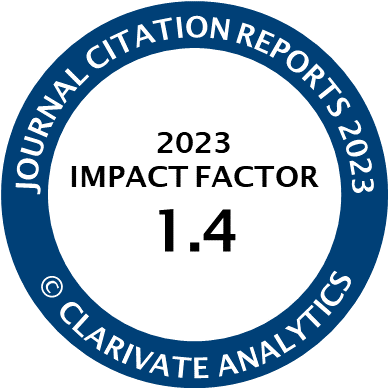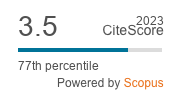Article | Open Access
Exploring Women’s Uptake of Active Labour Market Programmes: The Role of Household Composition Across Migrant Origin Groups
| Views: | 1327 | | | Downloads: | 821 |
Abstract: Active labour market policies, like training, aim to increase the employability of unemployed population subgroups. Research indicates that the most vulnerable groups—such as women of migrant origin—are less likely to participate in the most effective programmes. Prior studies have established that household composition affects the labour market outcomes of women without and with a migration background. In contrast, research has not addressed the potential relevance of household composition in relation to women’s training uptake. Using hazard models and longitudinal microdata from the employment office and social security registers, we analyse the extent to which women’s household composition such as the presence and the origin of their partner or the presence of children is associated with the uptake of occupation‐specific training in Flanders (Belgium). Our results suggest that, even when we control for previously identified determinants of training uptake such as the human capital of unemployed women, training uptake in most groups varies by household composition. More specifically, the results suggest that women with a partner of non‐migrant origin show higher cumulative uptake than women with a migrant origin partner or single women, and that the presence of children in the household reduces women’s training participation. Furthermore, household composition is found to be a stronger differentiating factor in uptake for migrant origin women than for non‐migrant origin women.
Keywords: active labour market policies; Belgium; household composition; migrant origin; mothers; training
Published:
© Tair Kasztan Flechner, Karel Neels, Jonas Wood, Naomi Biegel. This is an open access article distributed under the terms of the Creative Commons Attribution 4.0 license (http://creativecommons.org/licenses/by/4.0), which permits any use, distribution, and reproduction of the work without further permission provided the original author(s) and source are credited.




